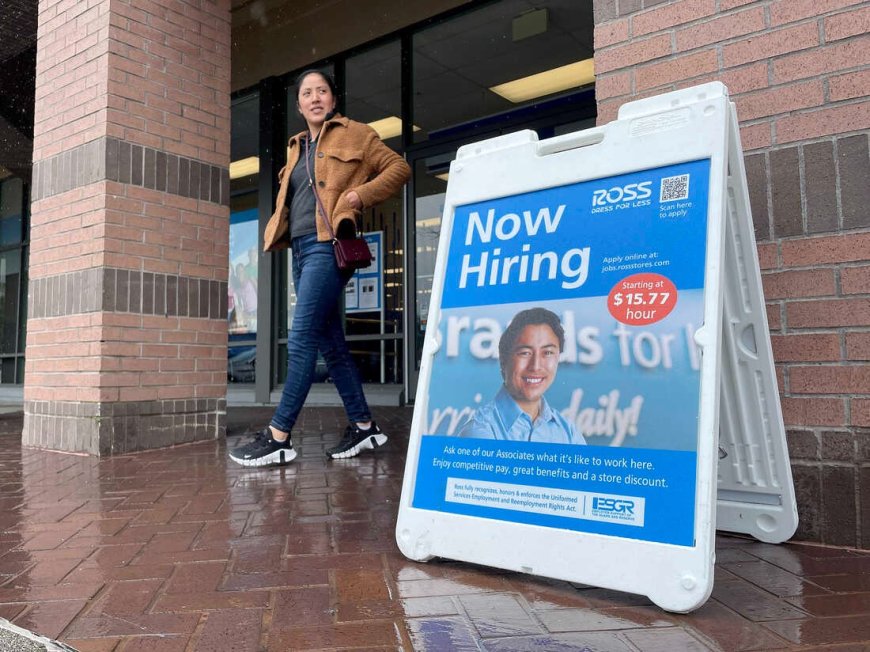US Labor Market Soars with Impressive Wage Growth and Record Low Unemployment
Read about the impressive US jobs market growth in July, backed by robust wage growth and record low unemployment. Discover how the Federal Reserve's actions and market reactions are shaping the economy's future prospects.

The US job market showcased impressive strength in July, fueled by robust wage growth and a surprising drop in unemployment, pointing towards a thriving economy. According to a recent report from the Bureau of Labor Statistics, nonfarm payrolls rose by 187,000 last month, consistent with June's growth trend. This encouraging development was accompanied by an unexpected decline in the unemployment rate, reaching a historic low of 3.5%.
The remarkable growth in employment signals a buoyant labor market that remains a key driving force behind the renewed momentum in the economy. Industries continue to exhibit strong demand for new workers, while layoffs ease, and wage growth surpasses inflation. Average hourly earnings experienced a notable 0.4% increase from June and a substantial 4.4% rise compared to the previous year, outperforming analysts' forecasts. However, experts have observed that wage growth may be moderating as the equilibrium between labor supply and demand stabilizes after a prolonged period of pandemic-induced labor shortages.
The surge in payrolls was primarily attributed to accelerated hiring in service providers, particularly within the healthcare sector, which contributed to over half of the overall employment gains. Additionally, financial activities and construction also experienced robust hiring activity, contributing to the positive overall employment figures.
Furthermore, the data reveals encouraging signs of tamed inflation, currently running at its slowest pace in over two years. This reinforces the belief that the Federal Reserve has the ability to manage price pressures without risking a recession. As a result, policymakers have resumed increasing interest rates and have left room for further adjustments. The July employment figures will undoubtedly play a crucial role in shaping the Federal Reserve's next decision, which is expected to take place in September.
Federal Reserve Chair, Jerome Powell, and his colleagues have consistently emphasized a data-driven approach to their decision-making. The upcoming jobs report and the latest inflation readings, as well as discussions at the annual Jackson Hole symposium, will be pivotal in determining the central bank's future course of action.
The report also unveiled an encouraging trend towards the gradual alleviation of labor mismatches. The overall labor force participation rate, which measures the share of the population either employed or actively seeking employment, held steady at 62.6% in July, marking the highest rate since March 2020. However, the rate declined for individuals aged 25-54 for the first time since late last year, primarily due to a drop in women's labor force participation.
Market reactions to the strong employment report were evident, with Treasury yields experiencing a decline and S&P 500 index futures surging. Traders also assigned a slightly lower probability of the Federal Reserve implementing another interest rate hike by year-end, reflecting growing confidence in the central bank's ability to manage economic stability.
As the US economy continues to gain momentum, stakeholders eagerly await further data to assess the trajectory of the labor market and its implications on monetary policy and overall economic growth.
Also Read: The Road Ahead: Insights into the July Jobs Report and Economic Outlook





























































